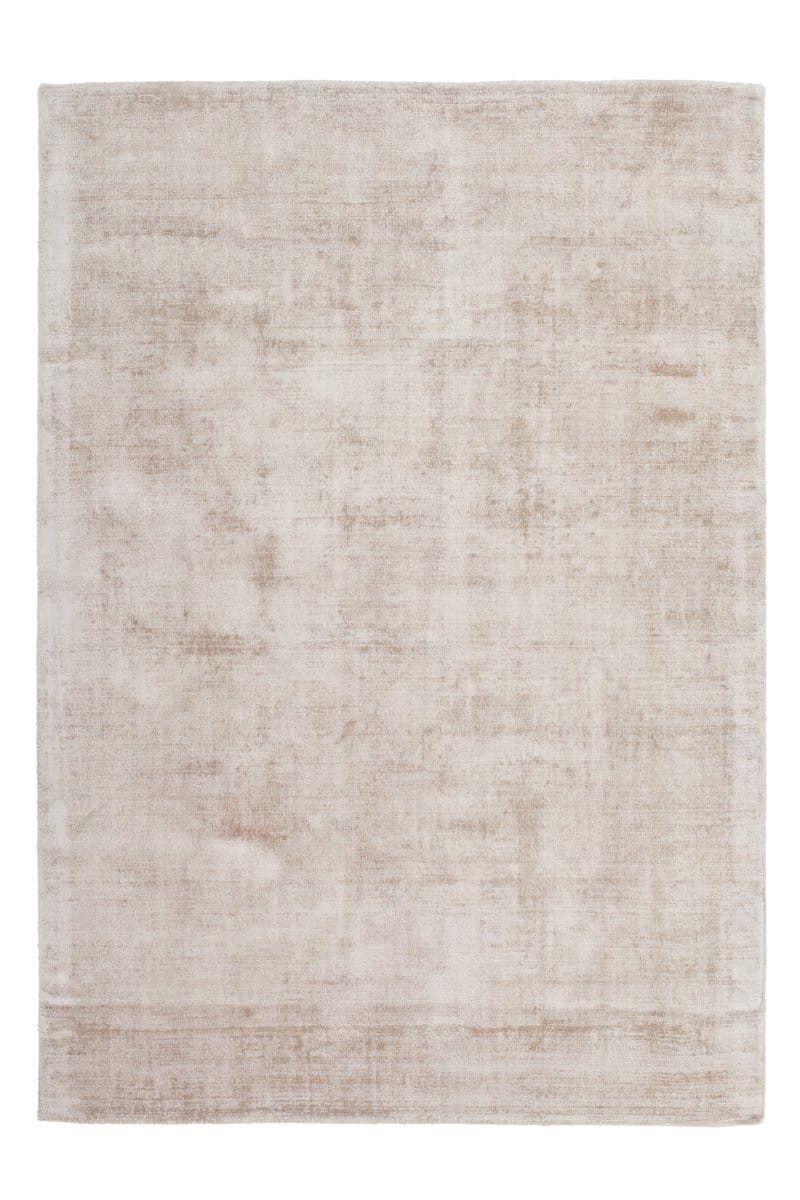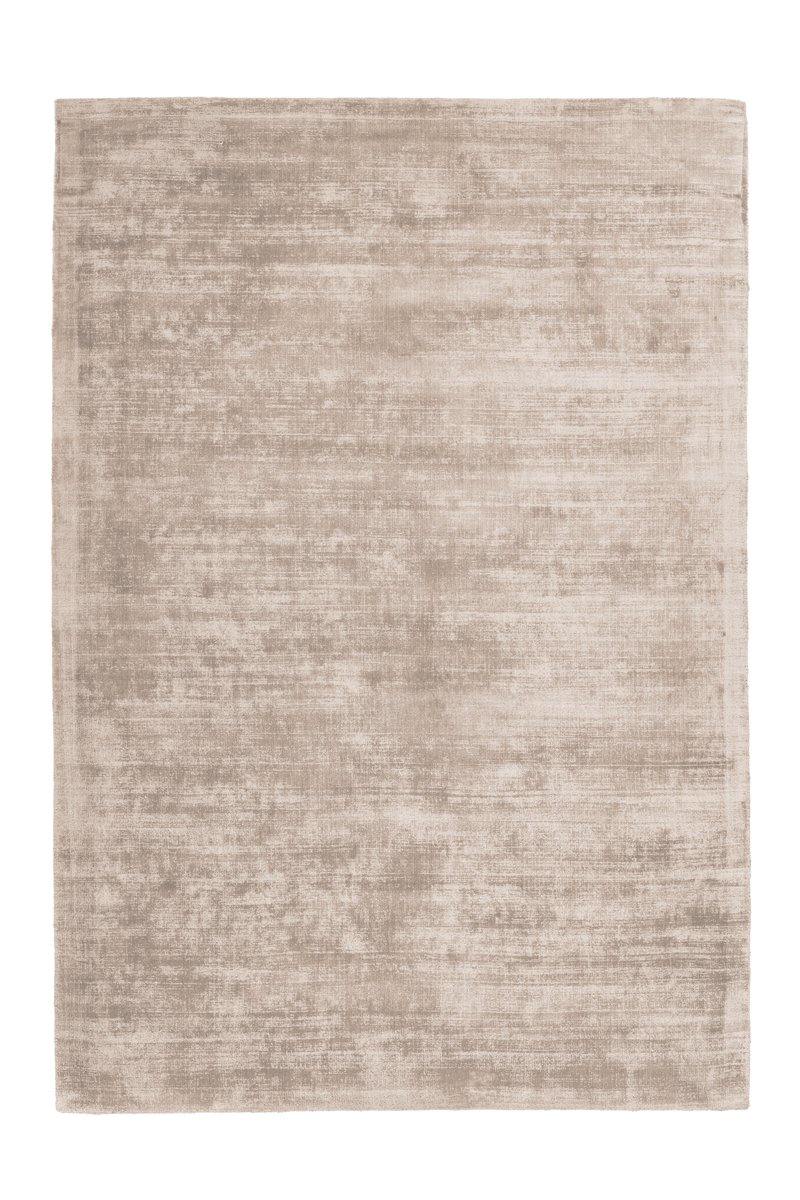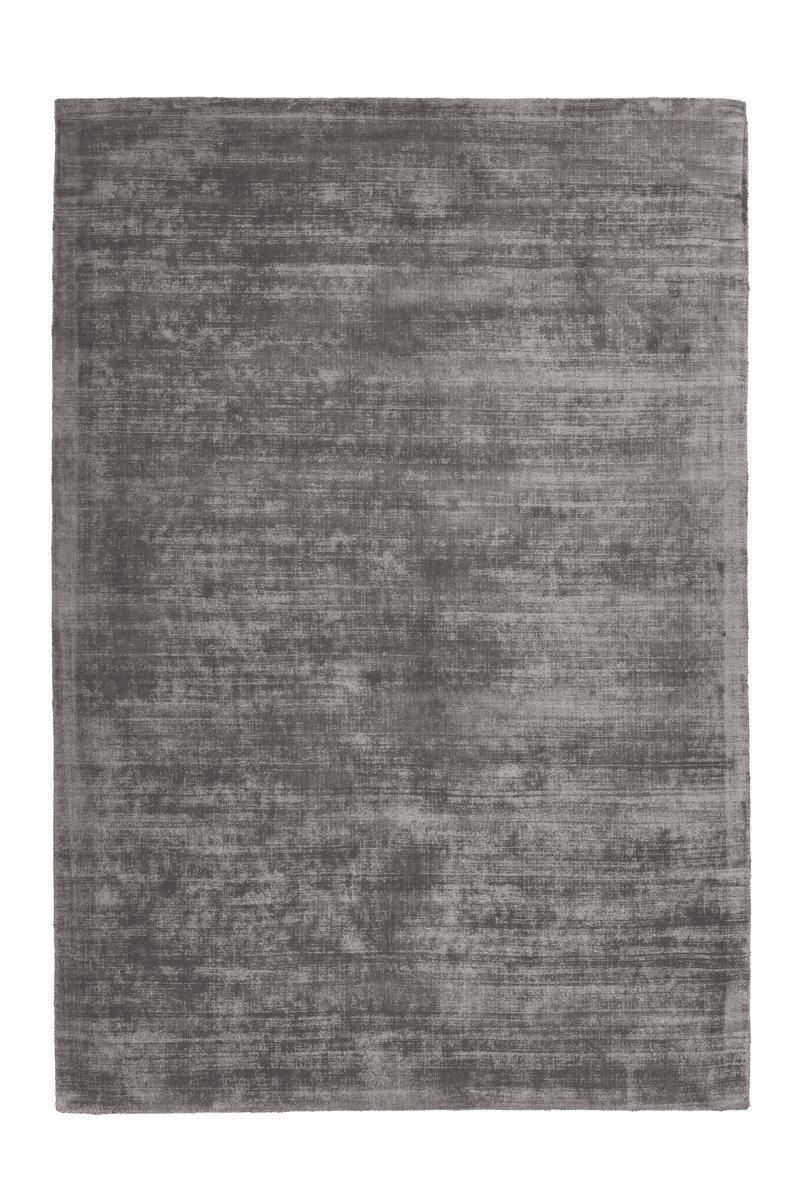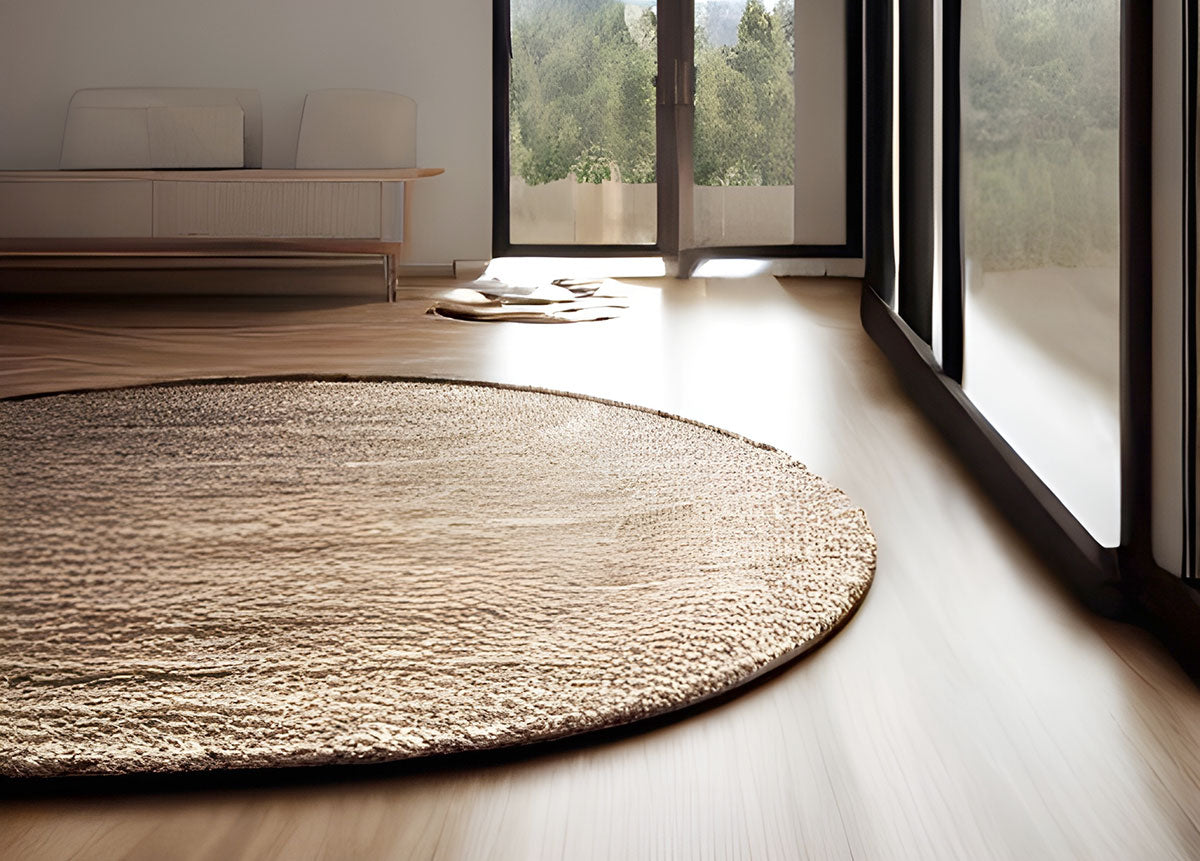Sisal and jute rugs are some of the most popular natural fiber rugs on the market. Both types of carpet are robust, durable and environmentally friendly. Despite their similarities, however, there are some key differences between sisal and jute rugs that you should be aware of before making a purchasing decision.
-
Material and origin: Sisal carpets are made from the fibers of the sisal agave, which is mainly grown in tropical countries such as Mexico, Brazil and East Africa. Jute rugs, on the other hand, are made from the fibers of the jute plant, which is mainly grown in India and Bangladesh. While sisal has a firm, coarse structure, jute is softer and finer.
-
Color and design: Sisal rugs are usually available in natural colors such as brown, beige and grey. Jute rugs come in a wider range of colors and can easily be dyed. Jute rugs often have a beautiful, irregular pattern that is easy to weave due to the fine fibers. Sisal rugs tend to have a more uniform appearance and often come in solid color designs.
-
Durability: Sisal rugs are known for their durability, making them perfect for high-traffic areas such as hallways, living rooms, and workspaces. Jute rugs are softer and more delicate, making them better suited for low-traffic areas such as bedrooms or living rooms.
-
Care and cleaning: Both sisal and jute rugs are easy to care for and durable, but they require different cleaning methods. Sisal rugs can be cleaned with a vacuum cleaner, but should not come into contact with water or moisture as this can damage the material. Jute rugs, on the other hand, can be cleaned with water and a mild detergent, but should be well ventilated before drying.
To sustainability
Both sisal and jute rugs are considered eco-friendly options as they are made from natural plant fibers. However, there are some differences in terms of their sustainability.
Sisal fibers are obtained from the leaves of the agave, which can usually be grown without the use of pesticides and fertilizers.
Jute fiber is obtained from the stem bark of the jute plant, which is often grown in monocultures, which can have negative impacts on soil and the environment.
In addition, sisal tends to be stronger and more durable than jute, which means that sisal carpets often last longer and need to be replaced less often. This can reduce the overall impact on the environment. However, if a jute rug is from a sustainable source and has been manufactured with social and environmental standards in mind, it can certainly be a good choice.
It all depends on the production
When choosing between sisal and jute rugs, it is important to pay attention not only to the materials themselves, but also to the production process and the origin of the materials. If you prefer eco-friendly and sustainable options, you should look for rugs made from natural materials and sourced from ethically and environmentally responsible manufacturers.
Summary
Sisal rugs and jute rugs have advantages and disadvantages. Choosing between the two depends on your individual needs and preferences. If you're looking for a rug for a high-traffic area that is durable and has a more consistent look, a sisal rug is a good choice. On the other hand, if you are looking for a soft, comfortable rug for a less frequented area that comes in a variety of colors and designs, a jute rug is a better choice.





